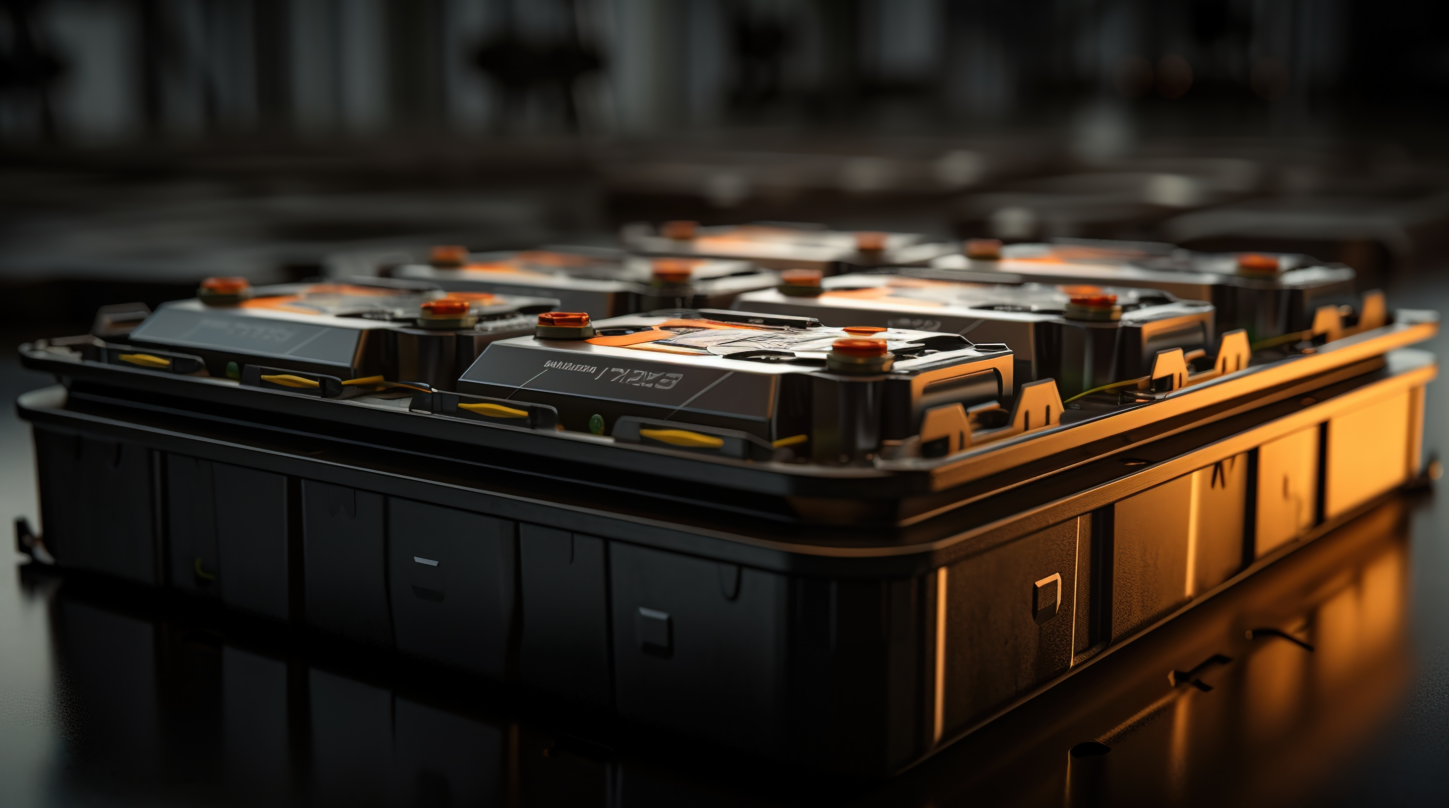
In recent years, the new energy vehicle industry has grown rapidly due to policy support and market demand. Assisted driving and power battery technologies are now key competitive areas. However, technological advancements have also led to accidents and disputes. Recent serious accidents involving assisted driving have deepened consumer distrust in new technologies, while power battery fires have raised safety concerns.
On April 16th, the First Department of Equipment Industry of the Ministry of Industry and Information Technology issued an announcement titled "Promotion Meeting on Intelligent Connected Vehicle Product Access and Online Software Upgrade Management." The announcement stressed that automotive manufacturers must clearly define system functions and safety measures, avoid false advertising, fulfill notification obligations, ensure production consistency and product safety, and enhance the security of intelligent connected vehicles.
On April 17, the Ministry of Industry and Information Technology announced the release of the mandatory national standard GB 38031 - 2025, "Safety Requirements for Power Batteries for Electric Vehicles." The technical requirements now specify that batteries must not catch fire or explode during thermal diffusion tests, though an alarm is still required. Smoke emissions must meet specific safety standards and not harm occupants under controlled conditions.
The new regulations address twin industry crises: marketing malpractice and technical deficiencies, ending the era of reckless "live testing" development.
From "verbal carnival" to "boundary of responsibility"
Over 20 automakers have announced new ADAS roadmaps since 2025. Analysts predict 10% L2+ urban ADAS penetration by 2025, with growth accelerating post-2026. However, ambiguous marketing continues to mislead consumers about system capabilities.
In February 2025, the Ministry of Industry and Information Technology and the State Administration for Market Regulation jointly issued a notice to systematically regulate product access, recall procedures, and online software upgrades for intelligent connected vehicles for the first time.
Leaked meeting notes reveal tightened ADAS deployment rules: public beta tests require official approval, L2 systems must meet strict validation standards without relying on user testing.
Marketing guidelines now prohibit terms like "autonomous" or "self-driving," requiring explicit "assisted driving" labeling. OTA updates face strict controls - frequent updates trigger special audits, while emergency updates require pre-approval. Technical safeguards like driver monitoring systems become compulsory.

 Additional mandates require lifecycle data monitoring with "lifetime bans" for fraud, compelling manufacturers to shift from marketing hype to technical substance.
Additional mandates require lifecycle data monitoring with "lifetime bans" for fraud, compelling manufacturers to shift from marketing hype to technical substance.
While automakers remain officially silent, industry consensus acknowledges this regulatory inevitability. Recent traffic safety analyses reveal dangerous misunderstandings of ADAS capabilities, with drivers engaging in distracted behaviors under false assumptions of full autonomy.
From “percentage safety” to “zero tolerance”
Battery safety becomes non-negotiable under the new mandate, replacing the 2020 standard's 5-minute thermal runaway buffer with absolute "no fire/no explosion" requirements.
The updated GB 38031-2025 standard introduces three critical upgrades: Extending thermal runaway observation to 2 hours with 60℃ temperature caps. Adding underbody impact tests (30mm steel ball at 150J) to prevent leaks/fires. Mandating 300 fast-charge cycles without short-circuit failures

Dubbed "torture tests" by experts, the new battery standards simulate extreme short-circuit scenarios to reshape competitive dynamics. Industry leaders with technical reserves adapt quickly, while smaller players face existential risks - 15-20% cost increases for compliance could eliminate 30% of low-end capacity by 2027. Technical roadmaps pivot accordingly: LFP batteries may dominate 80% market share through thermal stability advantages, NCM batteries retreat to premium segments, while solid-state batteries emerge as the next frontier with non-flammable electrolytes.
MIIT's dual policies, while addressing technical specifics, reflect the NEV industry's paradigm shift from "speed-first" to "safety-first" development. The regulations mandate strict compliance over experimental tech trials that compromise public safety, forcing automakers to prioritize fundamental safety standards. Industry observers note that some "smart driving"-focused exhibitors at the upcoming Shanghai Auto Show may face urgent adjustments, given the tight timeline for meeting upgraded power battery safety requirements spanning materials to full vehicle integration.

 Room 1104,Block B,JingBan Building,6 Middle Beisanhuan Road,Xicheng District,Beijing
Room 1104,Block B,JingBan Building,6 Middle Beisanhuan Road,Xicheng District,Beijing
 (8610)62383600
(8610)62383600
 quanqixiang@carresearch.cn
quanqixiang@carresearch.cn
 京公网安备:11010202007638号|京ICP备17032593号-2|Report illegal and bad information:010-65993545-8019 jubao@carresearch.com
京公网安备:11010202007638号|京ICP备17032593号-2|Report illegal and bad information:010-65993545-8019 jubao@carresearch.com
Legal support:Beijing Yingke Law Firm|All rights reserved, DO NOT reproduce without permission